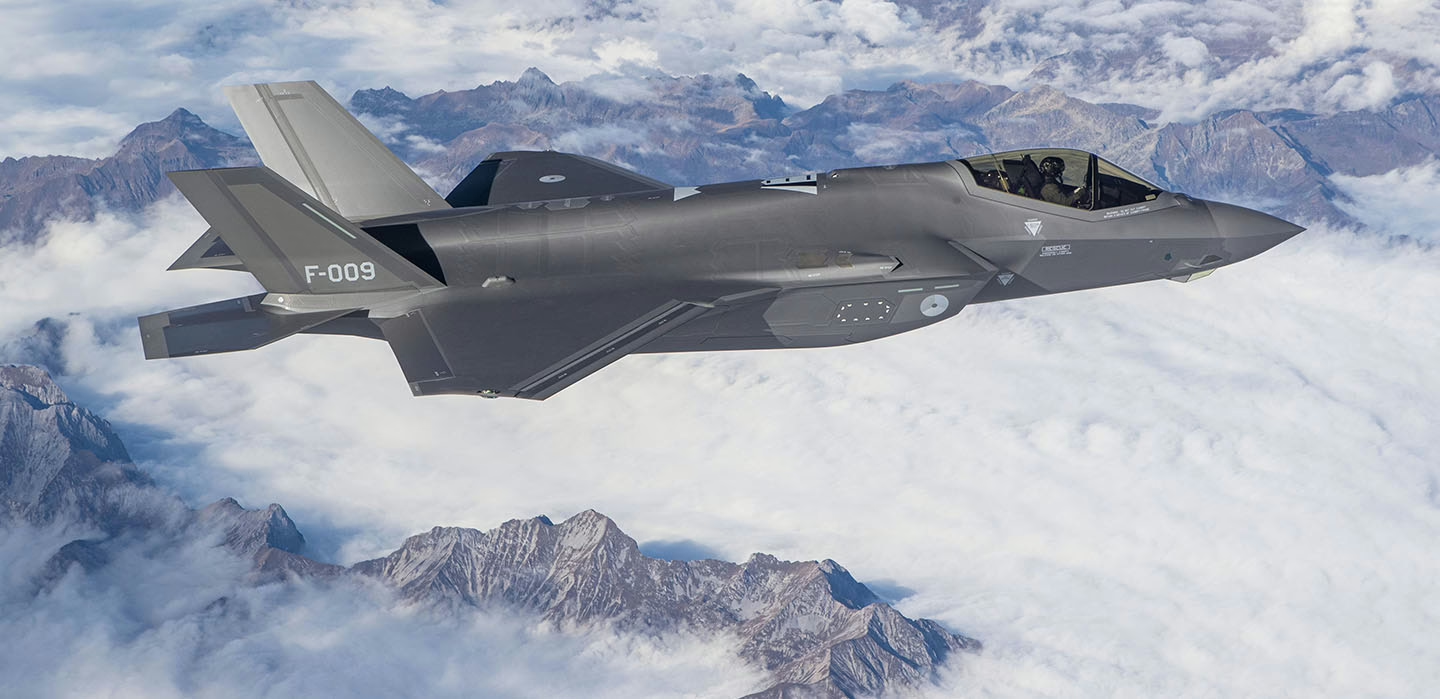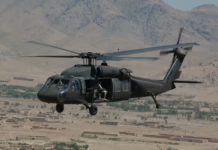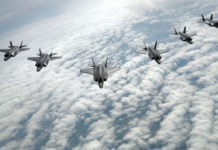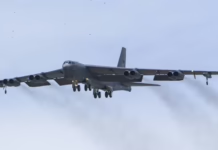NATO demonstrates new level of allied interoperability during Ramstein Flag 2025, showcasing F-35’s ability to coordinate multinational weapons systems in minutes.
Dutch F-35 fighter jets have demonstrated a breakthrough capability to integrate with multiple allied nations’ systems during NATO’s Ramstein Flag 2025 exercise, passing targeting data that led to successful artillery strikes in a matter of minutes, Lockheed Martin announced.
Royal Netherlands Air Force (RNLAF) F-35As operating from Leeuwarden air base detected, identified, and transmitted targeting data on multiple simulated ground targets through Lockheed’s specialized data systems into the Netherlands’ own command and control network, which then directed rocket artillery to engage a ground target.
“This is a first, and a significant step forward in multi-domain integration, proving F-35 interoperability between several allied nations in real-time,” Lockheed said in a statement.
The demonstration highlights the F-35’s expanding role beyond air superiority and strike missions to include networked battlefield management capabilities that can connect different nations’ weapons systems.
OJ Sanchez, vice president and general manager of Lockheed’s Skunk Works, called the integrated capability “a breakthrough in multi-domain operations,” emphasizing “the F-35’s ability to seamlessly integrate with our international partners’ C2 environments.”
The process used the jet’s Multifunction Advanced Datalink and Lockheed’s Skunk Works Open Systems Gateway to connect with the Dutch Keystone command and control system. The entire targeting sequence was completed “in a matter of minutes,” according to the company.
The exercise also featured a separate interoperability demonstration when Dutch and American maintenance crews cross-serviced each other’s aircraft. Maintenance personnel from both nations recovered, refueled, and inspected the other nation’s F-35s after mission completion.
This cross-servicing event involved two F-35As each from the RNLAF and from the U.S. Air Force’s 495th Fighter Squadron, which is based at Lakenheath in the United Kingdom.
Ramstein Flag 2025, held from March 31 to April 11, was one of NATO’s largest recent air exercises, involving more than 90 aircraft and approximately 2,000 personnel from 15 alliance nations. Operations were conducted from 12 air bases across Europe, with participants completing more than 1,800 sorties.
NATO officials said the exercise focused on enhancing capabilities in counter-anti-access/area denial, integrated air and missile defense, agile combat employment, and information sharing.
General James Hecker, commander of NATO Allied Air Command, underscored the strategic importance of the exercise, saying, “Ramstein Flag 2025 underscores the alliance’s determination to adapt, evolve, and deter potential threats across the Euro-Atlantic region.”
He added, “We are practicing to ensure that if we need to get air superiority, that we have the capability to achieve it.”

Key Takeaways
- Dutch F-35s successfully demonstrated multi-domain operations by connecting with artillery systems through NATO networks.
- The capability test represents a significant advancement in allied interoperability, completing targeting sequences in minutes.
- U.S. and Dutch maintenance crews successfully cross-serviced each other’s F-35s, enhancing operational flexibility.57
- Ramstein Flag 2025 involved 15 NATO nations, 90+ aircraft, and completed more than 1,800 sorties.
- The exercise supports NATO’s ongoing efforts to maintain air superiority capabilities against emerging threats.








